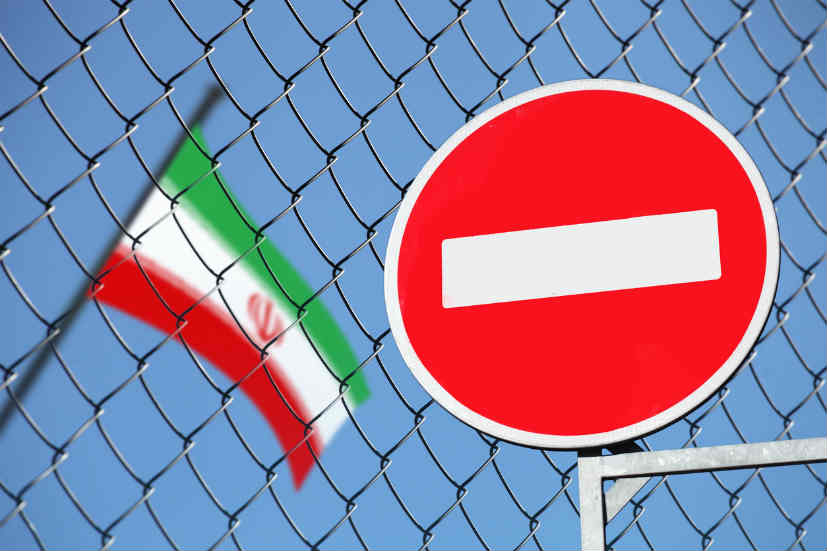Masoud Karbasian’s dismissal is unlikely to have any qualming effect on the country’s rapidly falling currency against the US dollar. The country still retains it’s chronically high unemployment rate and inflation.
It however acts as a demonstration that the country’s Shiite theocracy is slowly recognising of the anger felt across the country of 80 mn, which has seen months of sporadic protests all across.
Conservative lawmaker Hosseinali Hajideligani of Isfahan told Karbasian during the legislative hearing: “Over the last year since you became the minister, the dinner table of the people has shrunk to the point of invisibility.”
“The purchasing power of the people has dropped down at least by 50 percent. You have made the people poorer every day.” He added.
A narrow majority of 137 lawmakers in the 260-seat parliament voted to fire Karbasian, an Iranian economist who became the country’s finance minister in August 2017 after Rouhani won re-election. He acted as replacement for Ali Tayebnia– who served as finance minister for the entirety of Rouhani’s first four-year term.
Karbasian defended himself, stating that America had targeted Iran’s entire economy and social fortifications.
“America is seeking to block the country’s economic vessels to put people under pressure and stir dissatisfaction. They are after hitting the government and ruling system. You should believe that we are at an all-out economic war.” He added.
Yet even reformist lawmakers who had often backed Rouhani– himself a relatively moderate cleric within Iran’s government– have lashed at out at Karbasian.
“What have we done? What have we done to this people?” reformist lawmaker Elias Hazrati of Tehran asked at one point. “Why should the people suffer from this situation? What is the people’s fault?”
Karbasian’s dismissal comes after lawmakers similarly dismissed Rouhani’s labor minister, Ali Rabiei, earlier this month.
Trump’s decision in May to withdraw from the Iran nuclear deal has halted billion-dollar deals struck with oil firms and airplane manufacturers in the country. American sactions that are set to ramp up cause further chance of weakiening the country’s economy.
The Iranian rial has fallen to 107,000 to one U.S. dollar. A year ago it stood at around 33,000.

